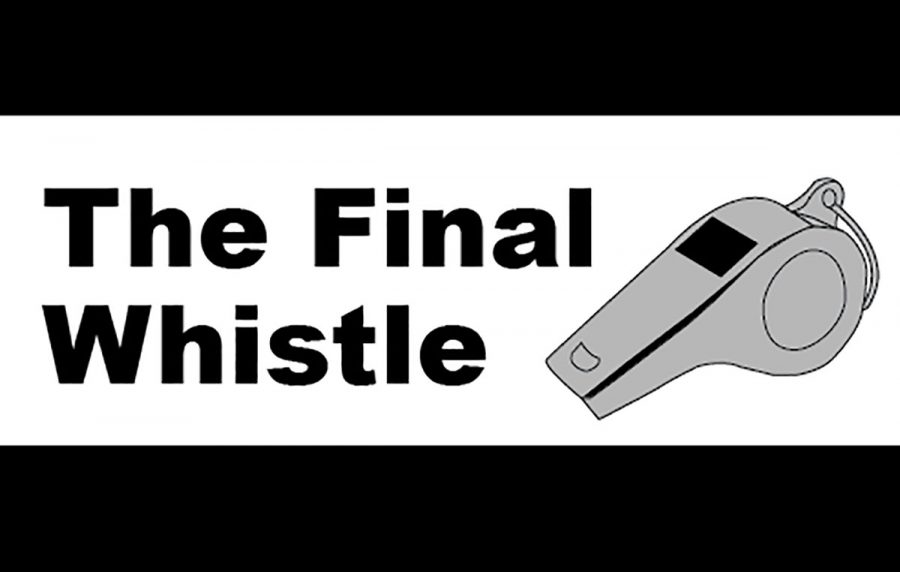The Final
Pay for play in college athletics
More stories from Jon Fortier
Photo by Savannah Reeves
The pay for play debate amongst college athletics has grown in past years.
The NCAA argues it is providing students with an education and a life changing experience. Players argue the NCAA makes a lot of money off of them, yet they don’t ever see a penny. Both sides have their valid arguments, but neither is right.
The education argument made by the NCAA is valid, but it also has its flaws. Not everyone on college teams get scholarships, which leads to financial problems that are far more devastating than those with full rides.
The time commitment needed to play college sports is staggering. Officially, the NCAA restricts student athletes to 20 hours of practice per week during their respective seasons.
However, according to a 2015 survey by the NCAA, student athletes reported that they spend 30-40 plus hours a week practicing. This does not include the time they spend conditioning in the gym in order to keep their bodies in peak physical condition.
Personal training activities like these are considered separate from the rule. The NCAA states “voluntary” student-led workouts do not count towards the 20 hour limit.
With the time required for college athletics and academic obligations, little time is left for students to seek employment elsewhere for income. This leads into the students’ argument of being paid for their contributions to the university.
The NCAA makes more than enough money each fiscal year to justify some sort of payment to their athletes. The NCAA made just over $1 billion over the course of the 2017 fiscal year. This figure can then be broken down into two parts.
The first part of the revenue is $821 million, which comes from TV contracts and marketing fees. The rest of the money comes from revenue from championship events and investment income. The NCAA would not be making this money without its highly valued athletes.
There is also the argument that only a small fraction of athletes end up going pro, leaving the rest to take the more traditional route of finding a job after college.
According to the NCAA, only about two percent of college athletes go on to be professional athletes, but the NCAA claims it is preparing athletes to be professionals in other industries and stress academics above all.
Those 98 percent of athletes who don’t go pro are left with crippling student loan debt and sometimes worthless degrees that they chose to make athletics easier to participate in.
An investigation on the University of North Carolina in 2011 found “paper classes” were common amongst student athletes. This meant there were never any class meetings and a final paper was the only assignment required. If the NCAA really cared about its student athletes, this would not be the case.
It is clear to see that academics above all is just a mirage put out there to sway public opinion.
Even with that said, it is not right to pay these athletes for their contributions to the university. It would turn amateur athletics into a professional-like free agent market that would not have academics as its main priority.
There needs to be a compromise by both sides, but with vast differences between the NCAA and its athletes, there is no end in sight.
Fortier can be reached at [email protected].

